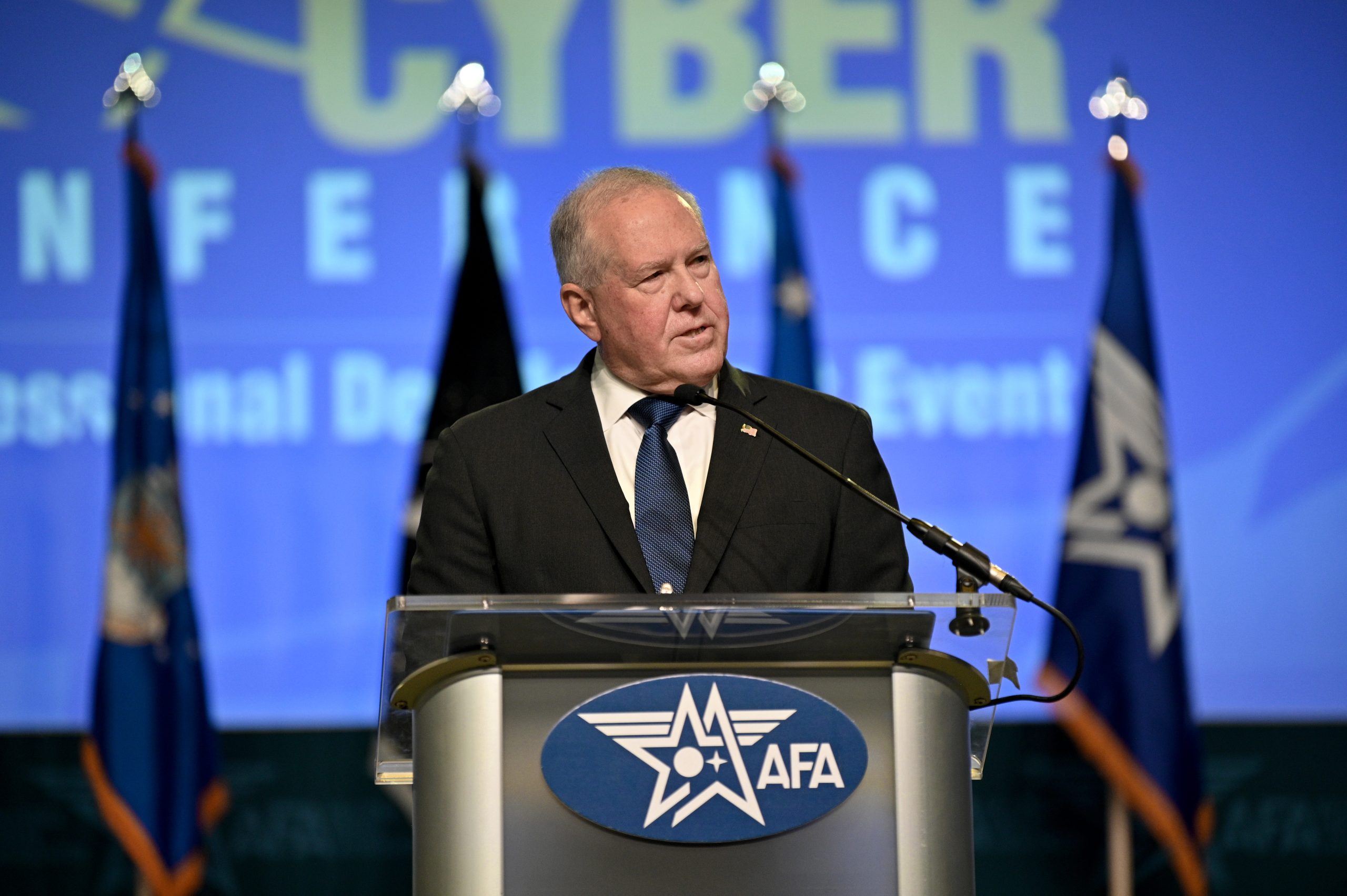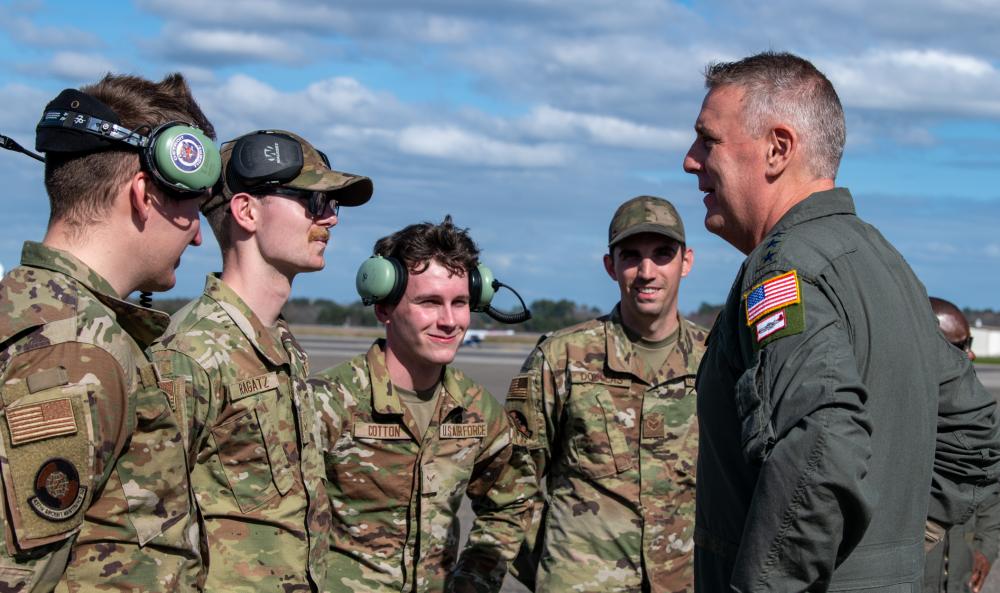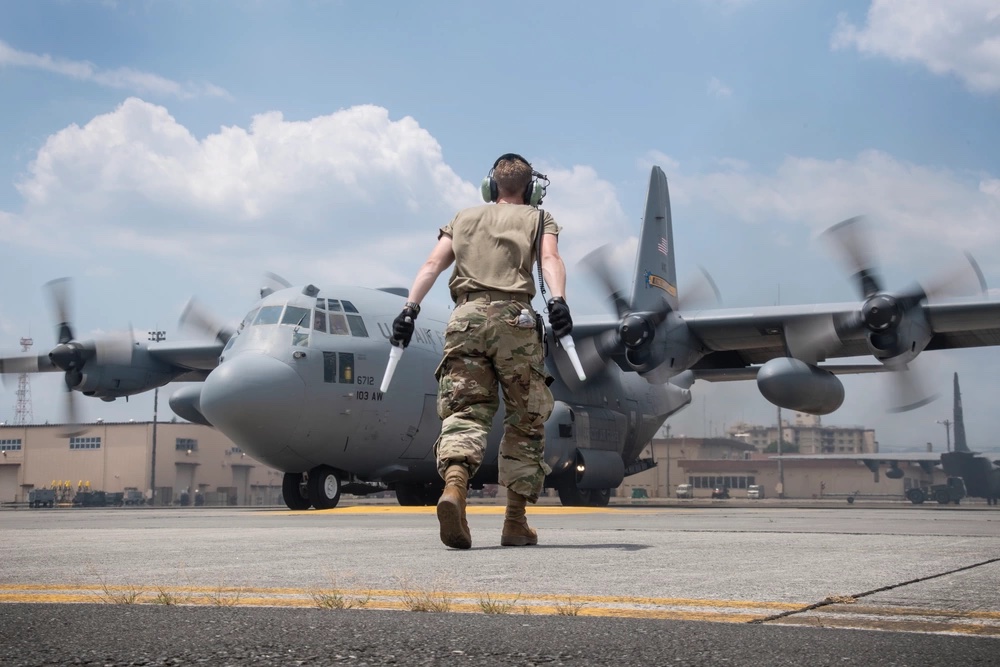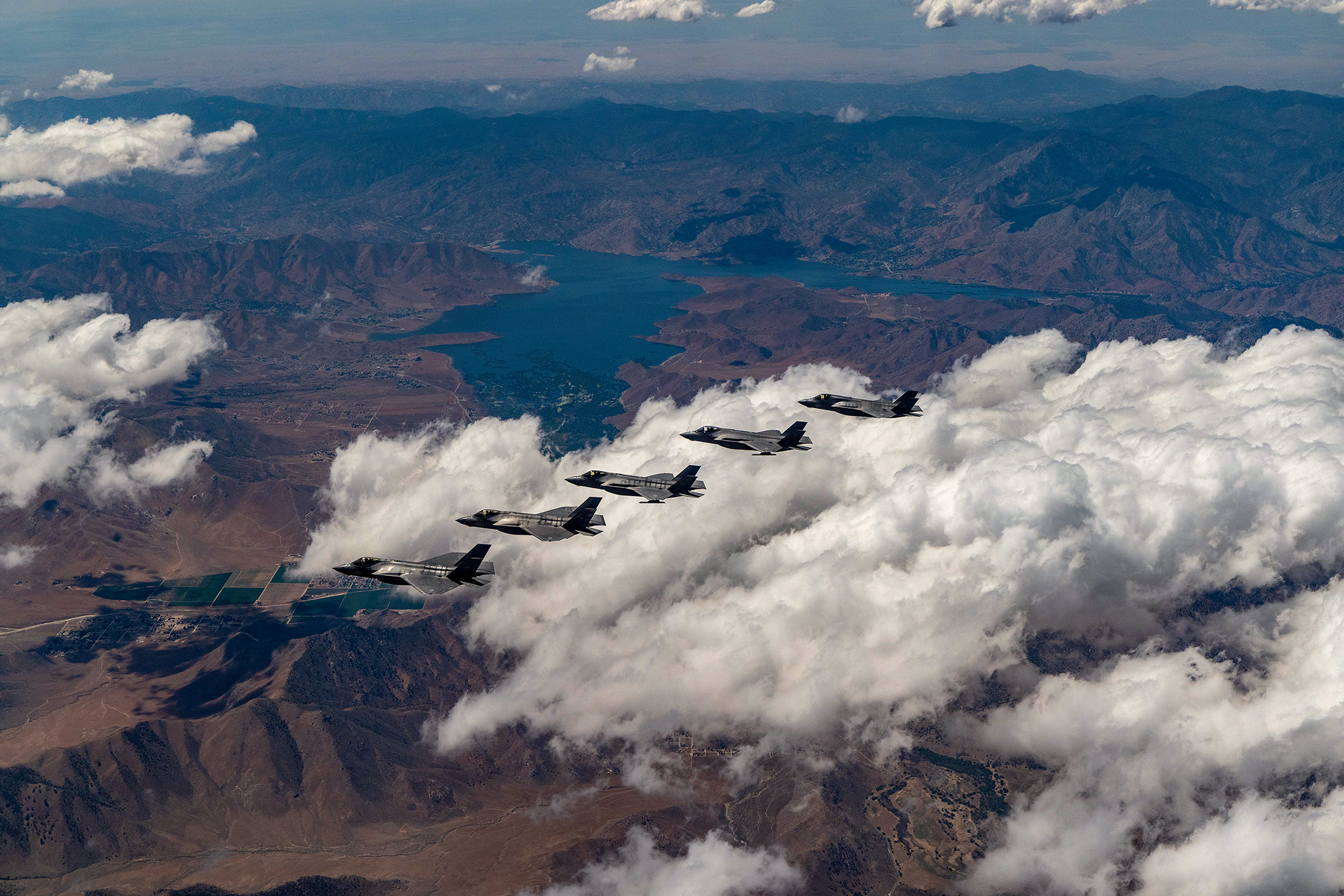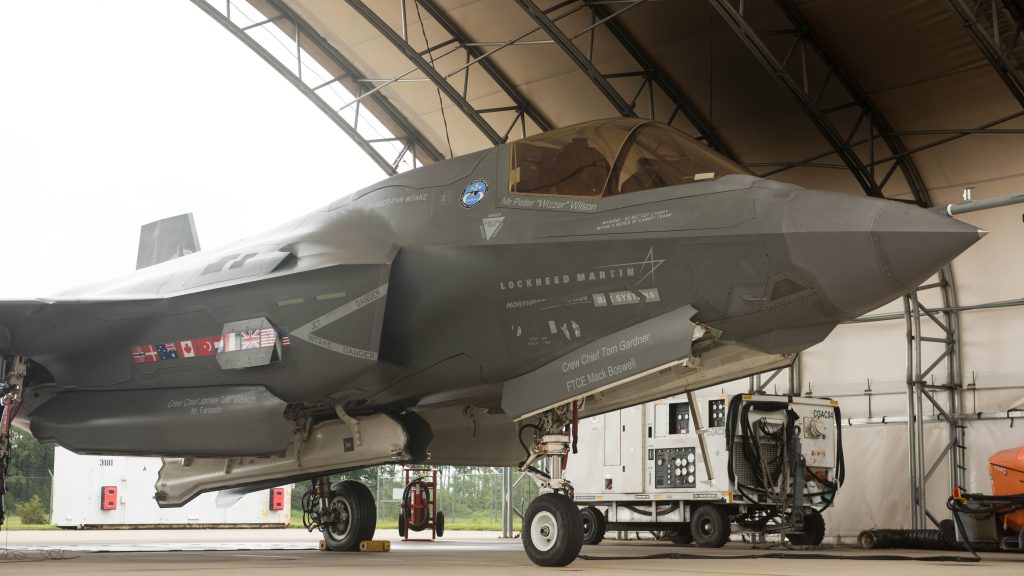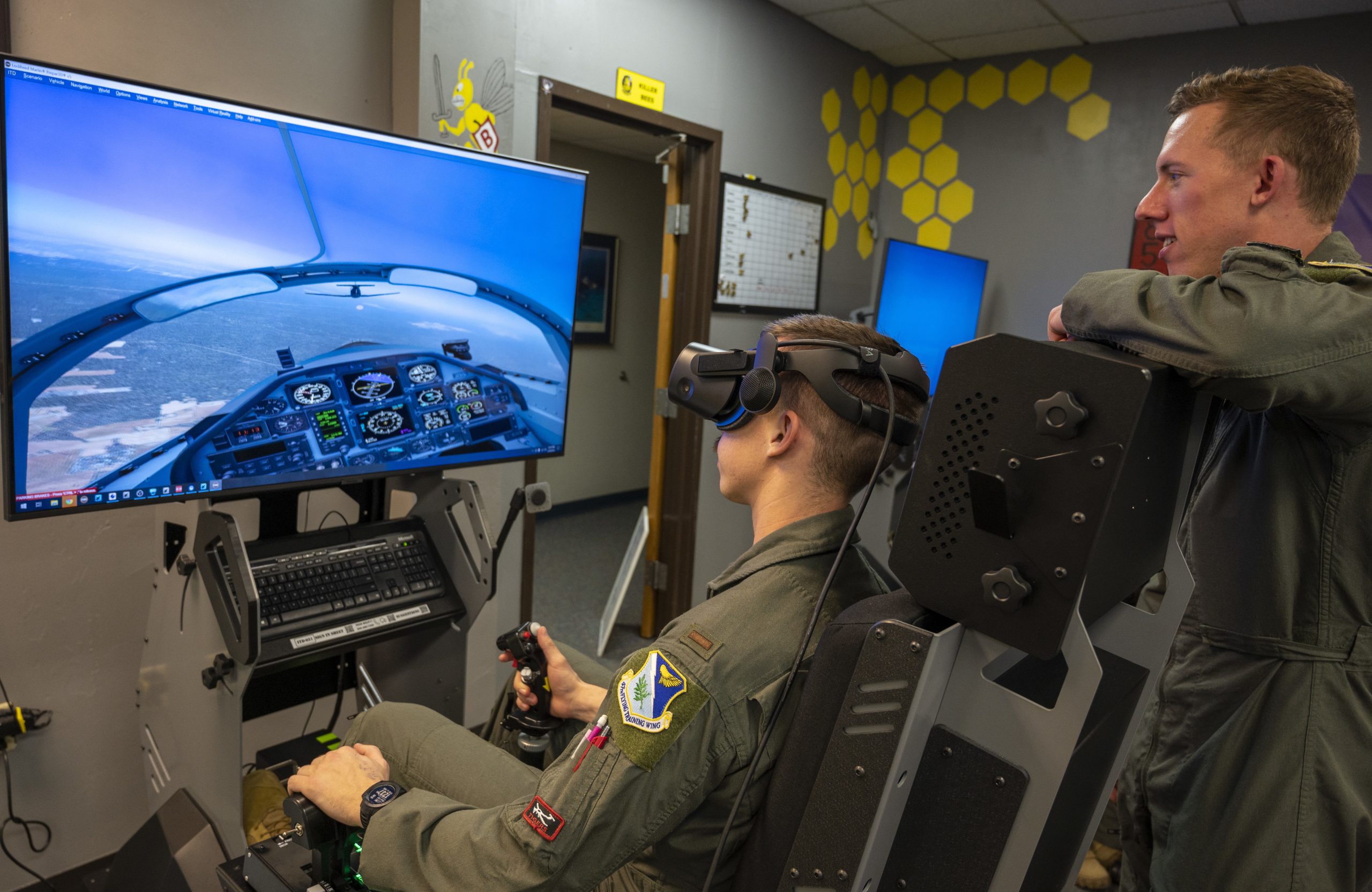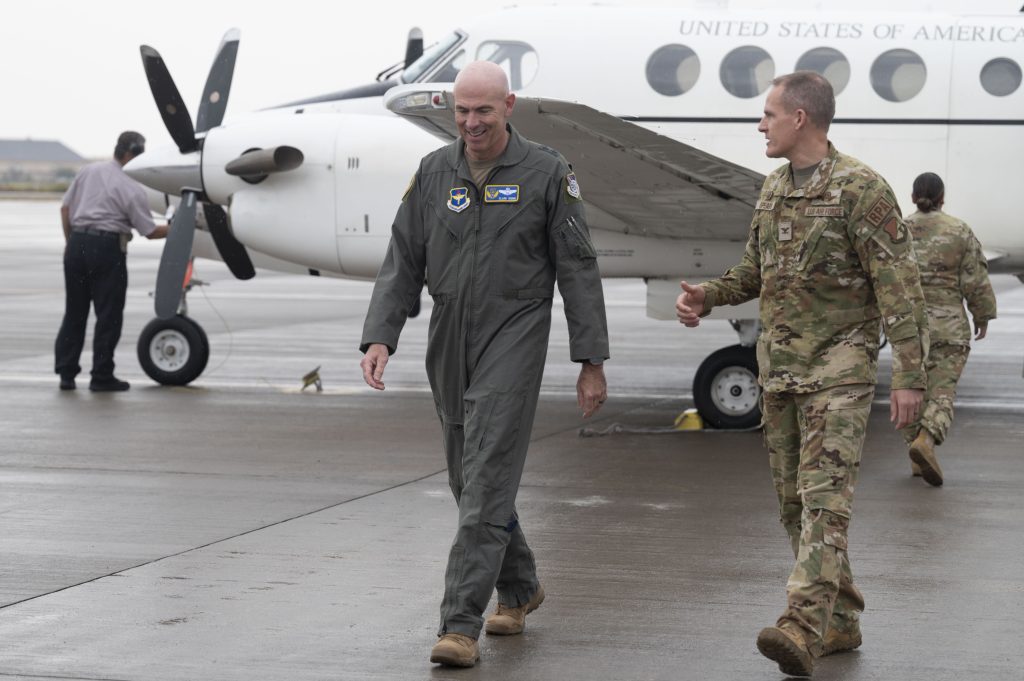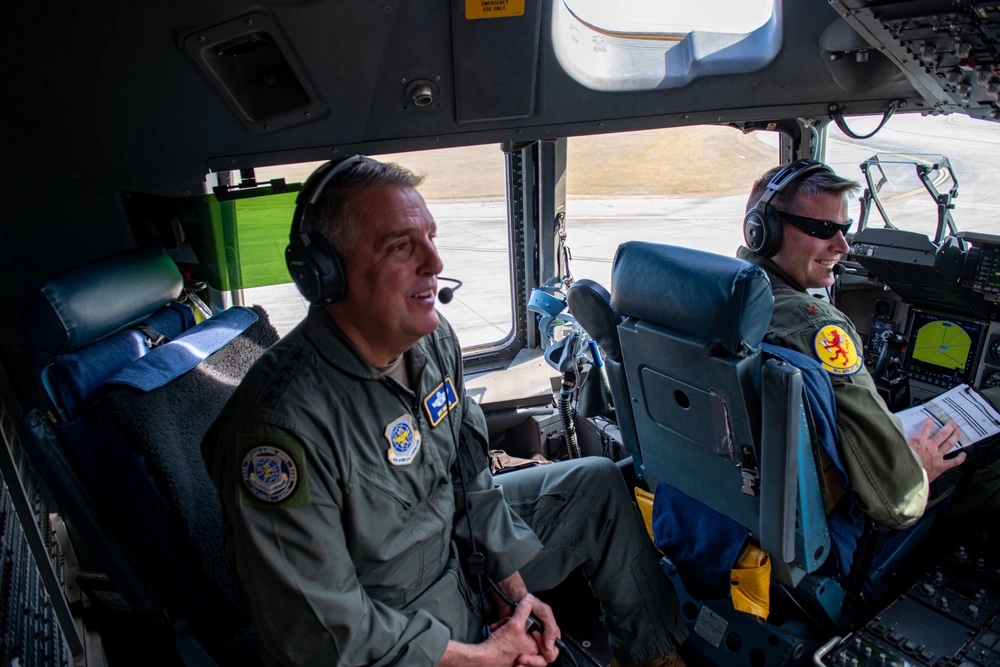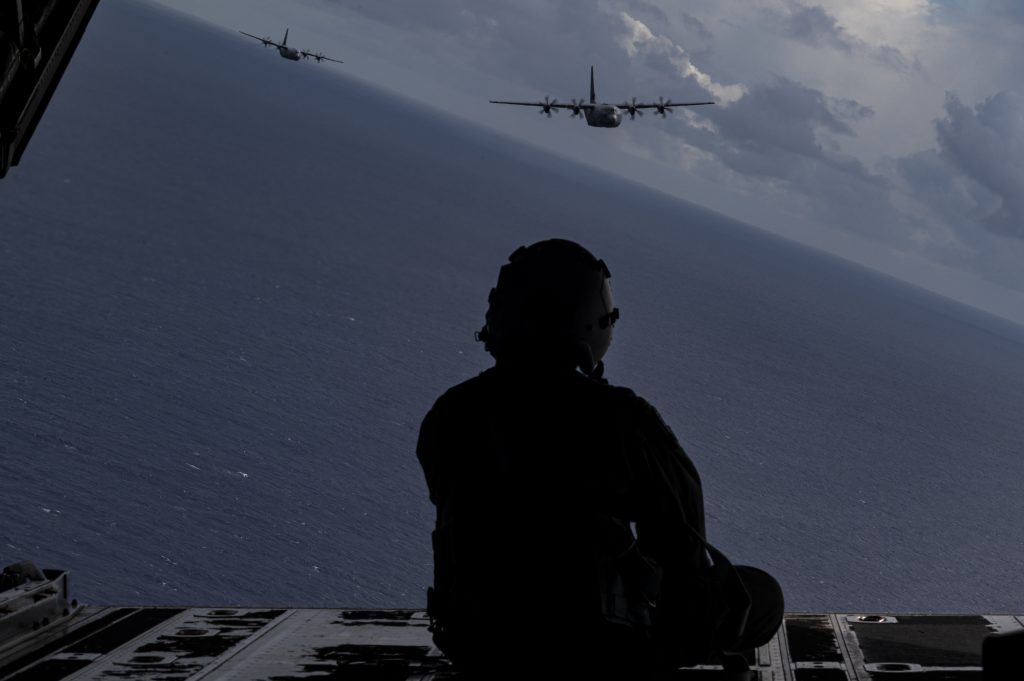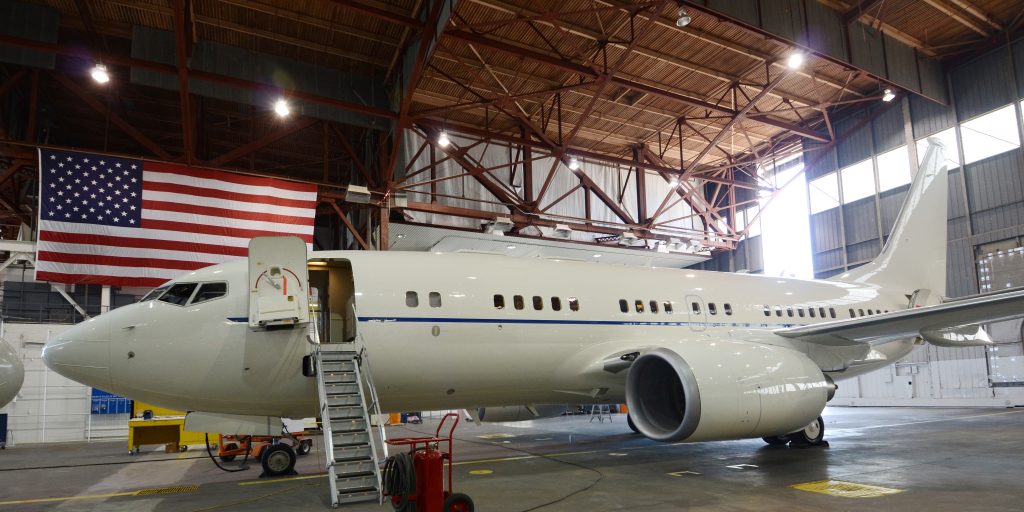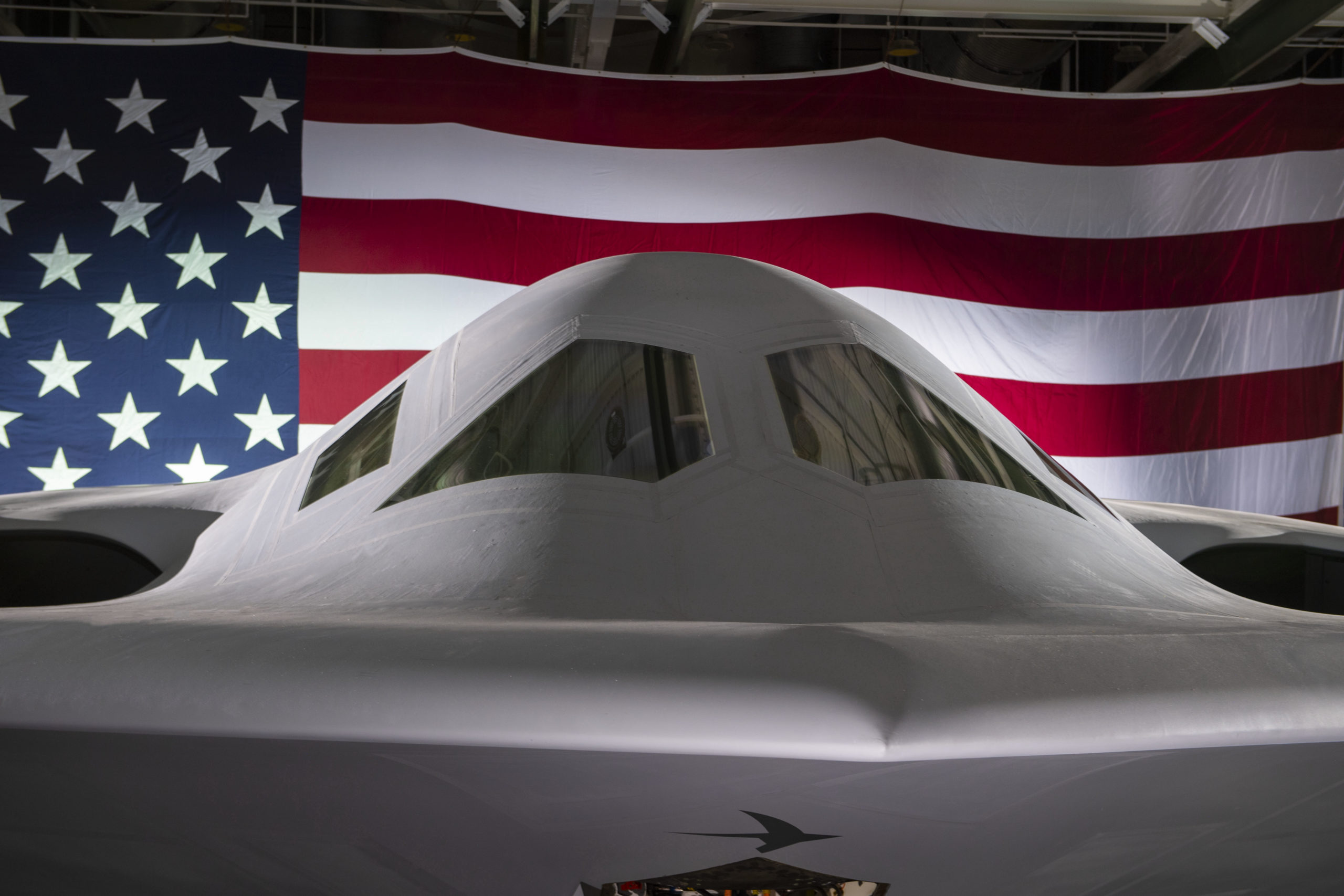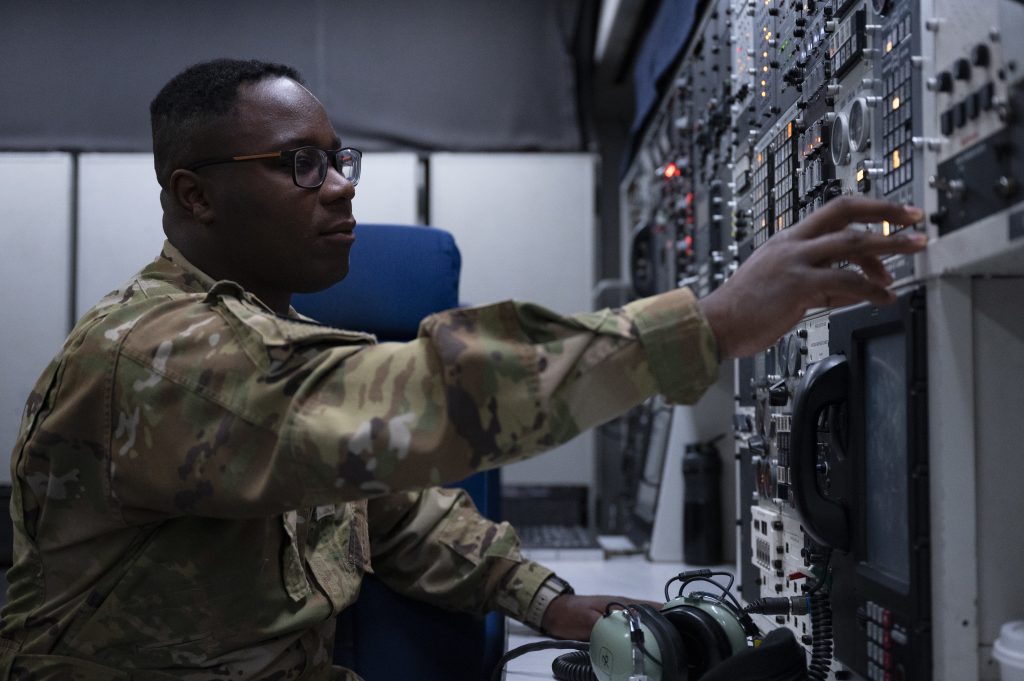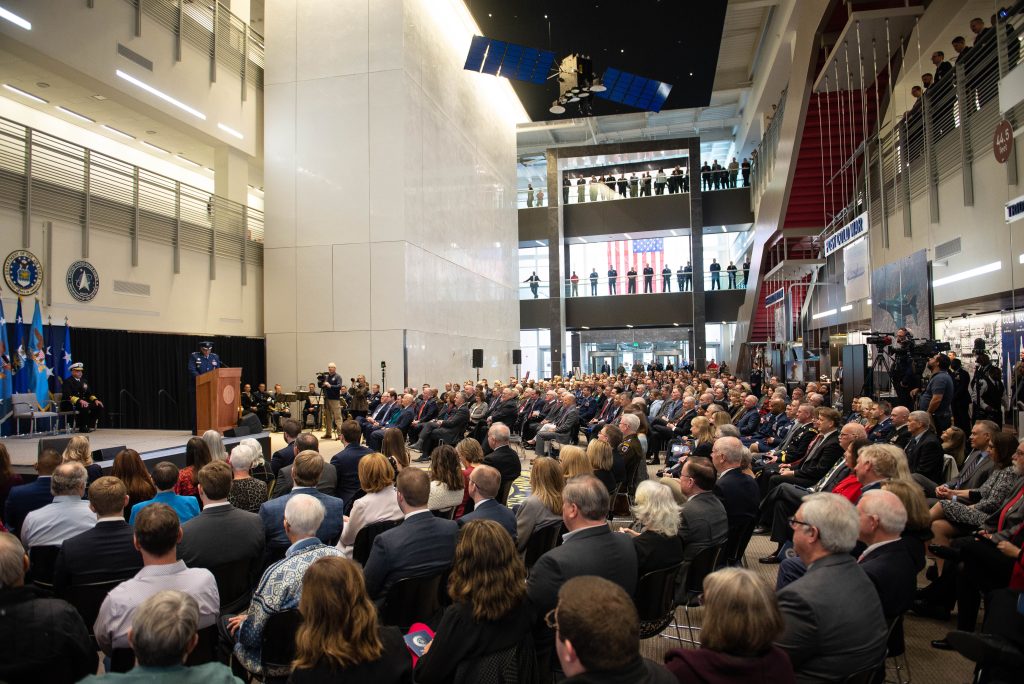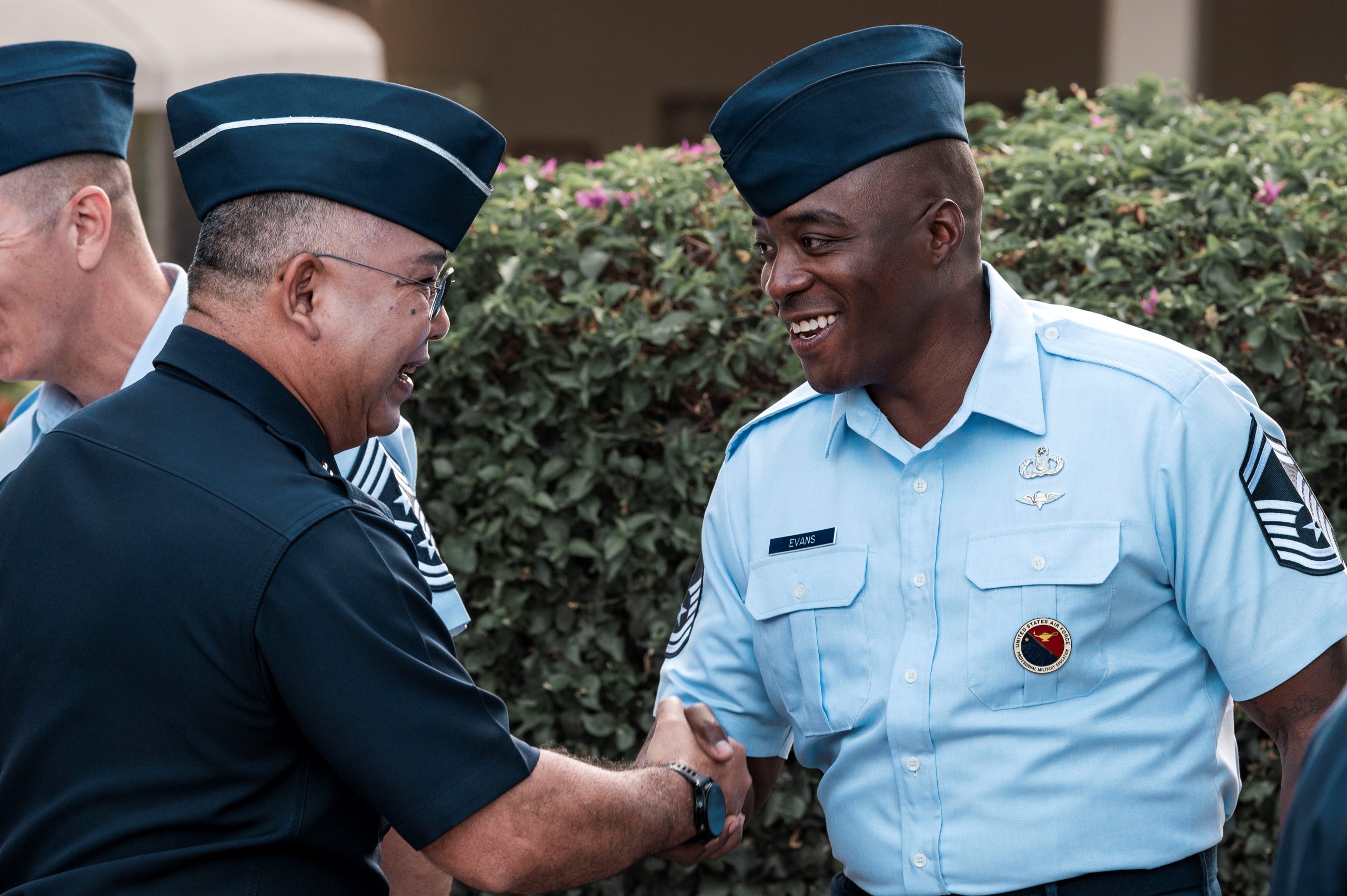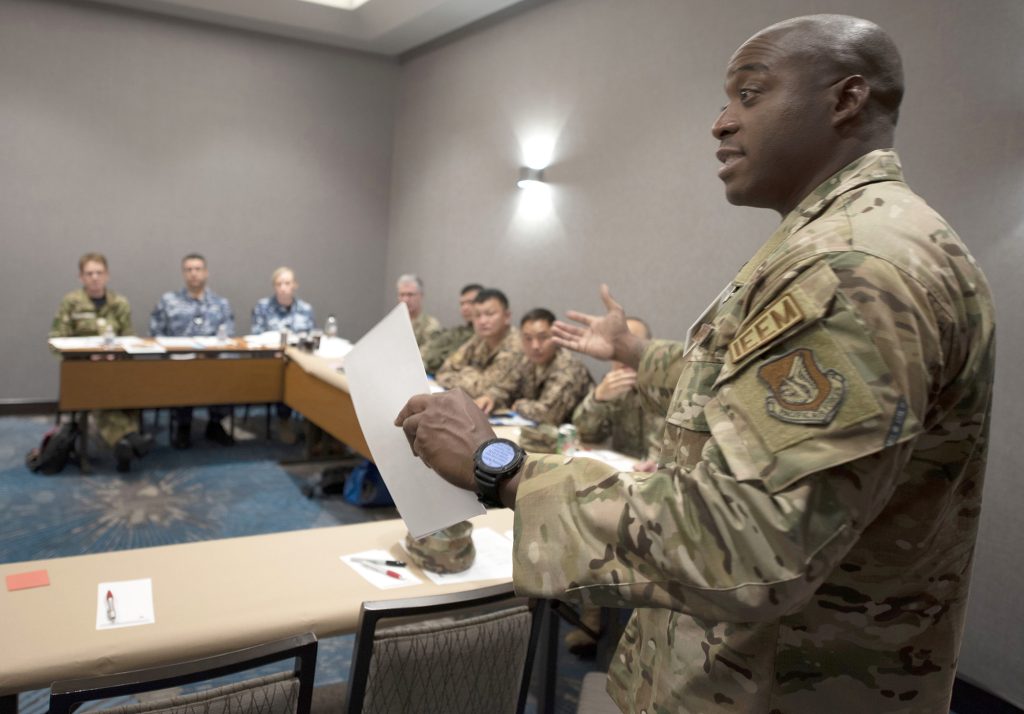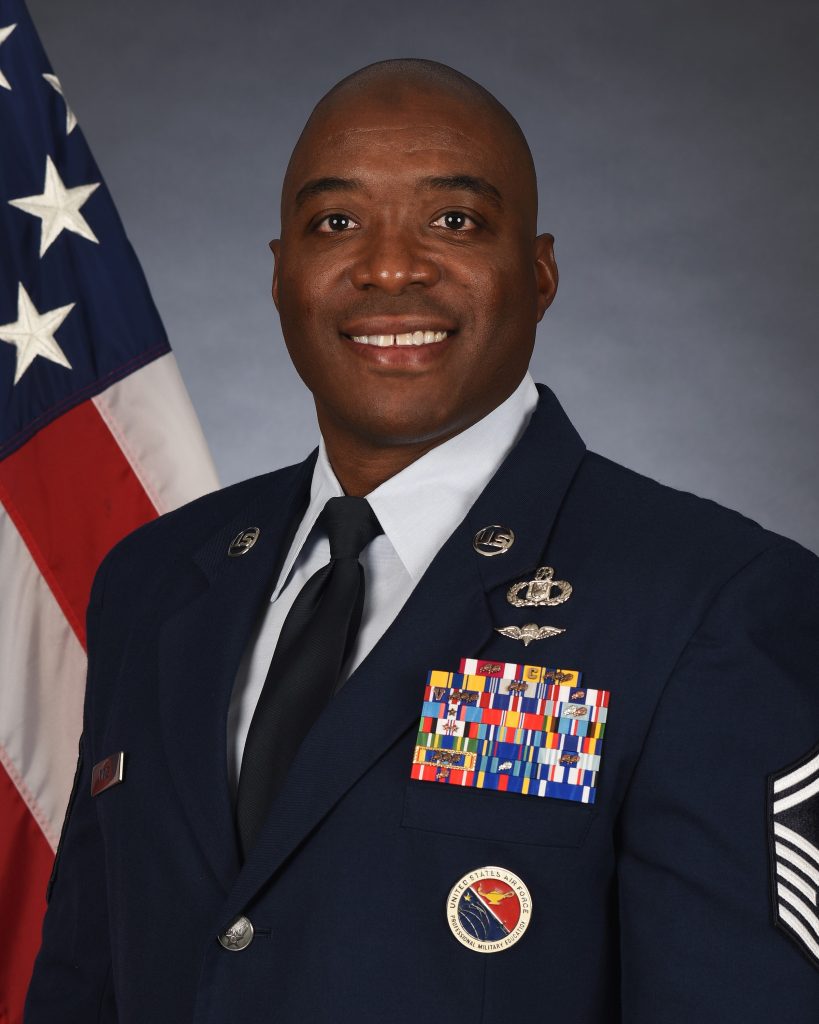The sweeping review of Air Force readiness that Secretary Frank Kendall announced last week will pursue five lines of effort, he said in his keynote address at AFA’s Air, Space and Cyber conference on Sept. 11.
“There is no time to lose,” Kendall said of the assessment, which will be conducted, reviewed, and ready for implementation by January 2024. At that time, “that major effort will shift from identification” of areas needing improvement “and analysis of alternatives to execution of recommendations,” Kendall said.
The review is meant to “reoptimize” the Air Force for an era of great power competition with the likes of China and Russia, Kendall said. After launching his seven operational imperatives in March 2022 to modernize the platforms and the equipment the department needs for that competition, Kendall said he and his leadership team “are not as comfortable with other aspects of our enterprise.”
Specifically, the review and reorganization will focus on five lines of effort, led by “five teams formed from the Department of the Air Force Secretariat, the Air Force and Space Force staffs” with participation from the field, Kendall said. The five lines are:
- Organization: “How we are organized, both in the headquarters and in the field,” Kendall said.
- Equipment: “How we equip the force.”
- Personnel: “How we recruit, retain and train our people, including how we optimize career paths and manage talent.”
- Readiness: “How we create, sustain and evaluate readiness across the Air and Space Forces.”
- Supporting the force: “How we provide support to the operational Air & Space Forces, to include providing installations, mobilizing, demobilizing, providing operational medicine, etc.”
“All these efforts will be closely guided by the Department’s senior leaders,” Kendall said. “It will be an inclusive process, open to and encouraging of innovative thinking. Just as we have challenging and innovative potential adversaries, we must be open to new ways of organizing and doing business ourselves.”
Kendall said that it is his goal that by the time of the next AFA national conference—in September 2024—“the changes we need to reoptimize for great power competition and possible conflict will be underway.”
He did not specify when he expects the reorganization to be complete but emphasized that time is of the essence, and the nation’s competitors are not relaxing their push to modernize and organize for future combat.
“It has become increasingly clear that more change is needed and that we need to accelerate this process,” Kendall said. “We must ensure that the Air Force and Space Force are optimized to provide integrated deterrence, support campaigning, and ensure enduring advantage.”
Kendall noted that some major changes are already underway, pointing to the Air Force Force Generation model (AFFORGEN), and “evolving allocations of responsibility across Space Force field commands.”
He also said that he created three Air Task Forces on Sept. 8 “to serve as pilots in order to experiment with ways to more effectively provide deployable integrated units.” Two of these will be tied to U.S. Central Command and one to U.S. Indo-Pacific Command.
“These are not the final, permanent deployable units we expect to form, but they are a major step in the right direction, and we will learn from this experience,” Kendall said.
The Air Force is also deep in the process of deploying its Agile Combat Employment model for dispersing forces across a wide array of operating locations, and is developing its “Multi-Capable Airman” concept, Kendall said, although neither is yet “fully implemented.”
Kendall noted that China has been reorganizing its armed forces since 2016, across exactly the same five lines of effort he laid out.
“Last week we briefed some of our outside advisers on this effort. One of them was born in China and is a leading expert on Chinese culture, history, and government. Her reaction was interesting; her view is that the DAF five lines of effort—organizing, equipping, personnel, readiness, and support—are essentially identical to the lines of effort [President] Xi Jinping has been implementing since 2016 to prepare China for war with the United States,” Kendall said. He repeated that the Air and Space Forces must not delay in optimizing for battle, the better to deter a conflict that the U.S. does not seek.
